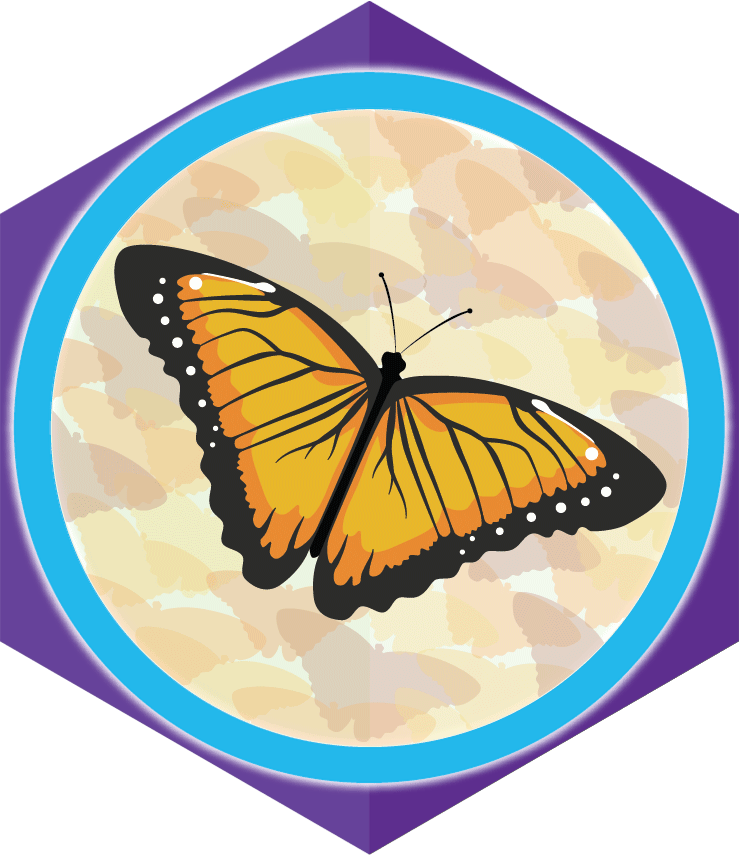Prepare to become a citizen scientist by going outside to your backyard, local green space, or a park.
 Fun Fact:
Fun Fact:
As a citizen scientist, locate and take pictures of butterflies. By sharing your butterfly images with Discovery Cube Connect and eButterfly, you are helping to protect wildlife around your home through butterfly conservation.
 Flappers, Flutterers and Flyers
Flappers, Flutterers and Flyers
Anyone can help conserve wildlife, like a butterfly! All you need is a camera, access to the internet, and observation skills.